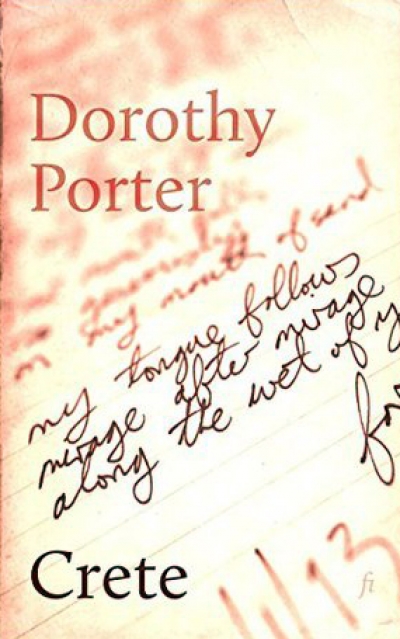Accessibility Tools
- Content scaling 100%
- Font size 100%
- Line height 100%
- Letter spacing 100%
Peter Steele
The ABR Podcast
Released every Thursday, the ABR podcast features our finest reviews, poetry, fiction, interviews, and commentary.
Subscribe via iTunes, Stitcher, Google, or Spotify, or search for ‘The ABR Podcast’ on your favourite podcast app.
‘Where is Nancy?’ Paradoxes in the pursuit of freedom
by Marilyn Lake
This week on The ABR Podcast, Marilyn Lake reviews The Art of Power: My story as America’s first woman Speaker of the House by Nancy Pelosi. The Art of Power, explains Lake, tells how Pelosi, ‘a mother of five and a housewife from California’, became the first woman Speaker of the United States House of Representatives. Marilyn Lake is a Professorial Fellow at the University of Melbourne. Listen to Marilyn Lake’s ‘Where is Nancy?’ Paradoxes in the pursuit of freedom’, published in the November issue of ABR.
Recent episodes:
To dinner as a guest at the Lotos Club, on East 66th St in New York. Named apparently after Tennyson’s Lotos Eaters’ territory – ‘In the afternoon they came unto a land in which it seemed always afternoon’, not to be confused with Robert Burton’s ‘afternoon men’, who are permanently smashed. The Latos Club’s 1870 Constitution declares its intent to promote and develop literature, art, sculpture and much else. One thing caught my ear, and one my eye. It was the first time I have heard anybody speak in virtually the same breath of ‘my ancestors’ and ‘residuals’. And I was glad to see that the Club boasted yet another painting of Tom Wolfe in (so to speak) full fig, white on white – glad partly because it reminded me that of all the worthy injunctions offered me as a young Jesuit, that against becoming a ‘clerical fop’ has been obeyed triumphantly. One has to start somewhere …
... (read more)Author! Author!: Tales of Australian Literary Life edited by Chris Wallace-Crabbe
John Hanrahan reviews 'A.D. Hope' by Kevin Hart, 'James McAuley' by Lyn McCredden, 'Peter Porter' by Peter Steele, 'Reconnoitres' edited by Margaret Harris & Elizabeth Webby, 'Annals of Australian Literature' edited by Joy Hooton & Harry Heseltine
Oxford University Press has begun a welcome series called Australian Writers. Two further titles, Imre Salusinszky on Gerald Murnane and Ivor Indyk on David Malouf, will appear in March 1993, and eleven more books are in preparation. Though I find the first three uneven in quality, they make a very promising start to a series. In some ways they resemble Oliver and Boyd’s excellent series, Writers and Critics, even being of about the same length. However this new series is less elementary, more demanding of the reader. It is, predictably, far sparser in critical evaluation, concentrating on hermeneutics, and biographical information is as rare as a wombat waltz.
... (read more)







